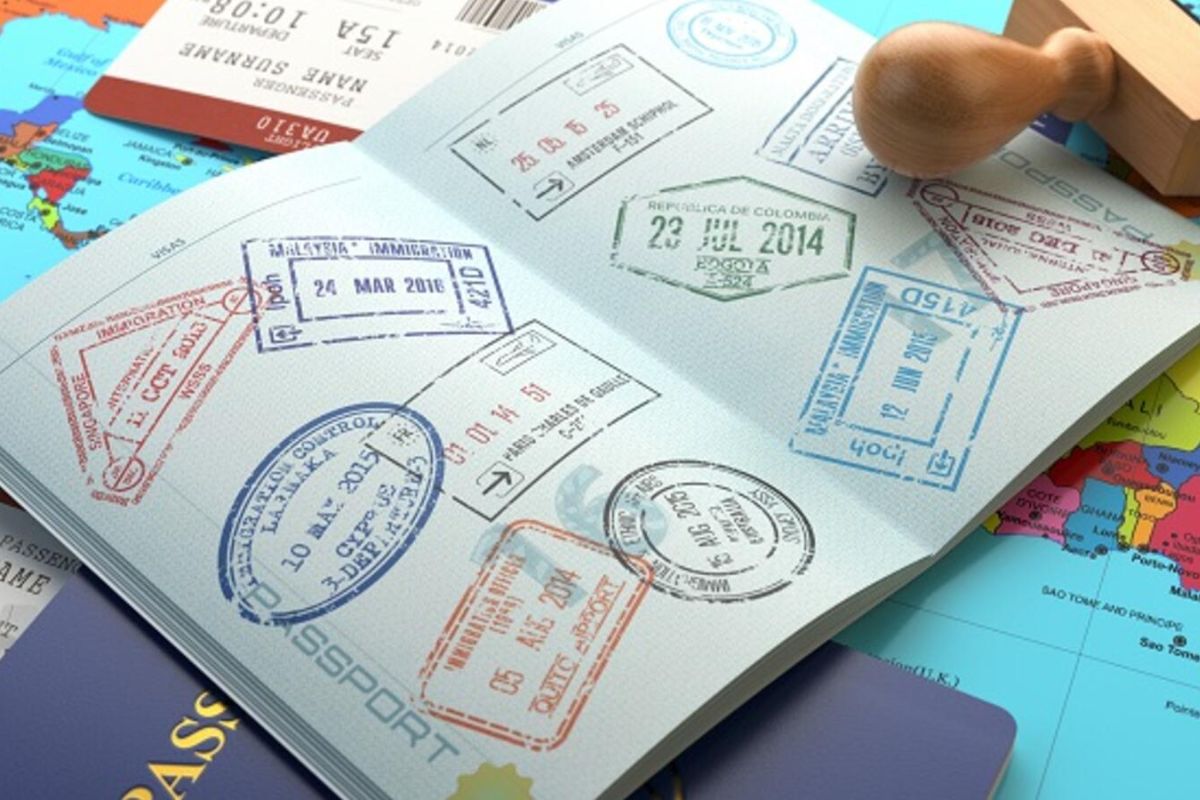As you may be aware that the European Union’s new Entry/Exit System (EES) is set to become operational by the end of this year or the beginning of next year. While the EES aims to replace manual passport stamping with a digital system, Ireland and Cyprus will continue to stamp travellers’ passports.
This article explores the reasons behind this exception and highlights the impact of the EES on other countries.
Passport Stamping in Cyprus and Ireland
Despite being EU member states, Cyprus and Ireland still rely on manual passport stamping, as confirmed by the EU on the official EES website. The primary reason for this practice is that neither country is part of the Schengen Zone.
Cyprus faces border issues with the other half of the Cypriot island, hindering its accession procedures. On the other hand, Ireland made the decision not to join Schengen in 1985.
The Entry/Exit System (EES)
The EES is a recently developed automated IT system within the EU that aims to monitor travellers entering and leaving the Schengen Area. One of its key features is the replacement of traditional passport stamping with a digital process.
Delay in Implementation
Originally planned for May of this year, the effective implementation of the EES has been postponed to an undisclosed date. The agency responsible for its operation, eu-LISA, has confirmed the uncertainty surrounding the system’s operational commencement.
Impact on Romania and Bulgaria
Although Ireland and Cyprus are exempt, the EES will apply to Romania and Bulgaria, both of which are still in the process of joining the Schengen Area.
It is important to note that these countries do not issue Schengen visas but utilize the EES. Travellers planning to visit Bulgaria and Romania must consider specific rules when organizing their trips.
Calculation of Stay Duration
For those who don’t require a Schengen visa, their duration of stay in Bulgaria and Romania will contribute to the overall permitted period of stay in the Schengen Area, which is 90 days within any 180-day period.
This regulation particularly affects travellers from other continents who previously relied on Romania, Bulgaria, and Croatia (until January 1 of this year) to reset their total stay period in Schengen countries.
Impact on Visa Holders
Visa holders with a specific number of days allocated for their stay in the Schengen Zone will not have those days counted if they choose to spend time in Bulgaria or Romania.
However, their stay duration in these countries will be taken into account when ensuring compliance with the overall 90-day limit within a 180-day period.
Conclusion
While the EES aims to digitize passport control processes within the Schengen Area, Ireland and Cyprus will continue manually stamping passports due to their non-membership in the zone. The EES will, however, affect Romania and Bulgaria, and travellers should be aware of specific rules regarding stay duration calculations.
Follow and connect with us on Facebook, Twitter, LinkedIn, Instagram and Google News for the latest travel news and updates!





